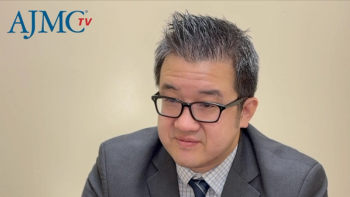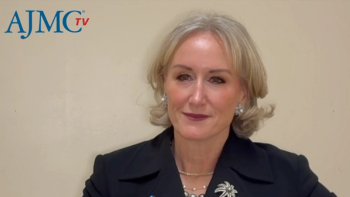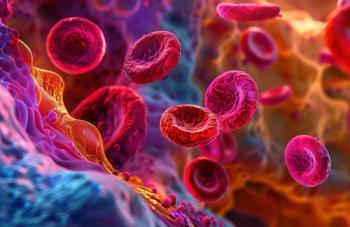
FIBRONEER Trials Show Nerandomilast's Promise as New Treatment Option for IPF/PPF: Toby Maher, MD, PhD
Toby Maher, MD, PhD, professor of clinical medicine, Keck School of Medicine at USC, shares trial findings from the FIBRONEER-IPF (NCT05321069) and FIBRONEER-ILD (NCT05321082) studies on nerandomilast.
Nerandomilast has the potential to become a critical new treatment option for patients with idiopathic pulmonary fibrosis (IPF) and progressive pulmonary fibrosis (PPF), offering hope where previous clinical trials have failed, says Toby Maher, MD, PhD, professor of clinical medicine, Keck School of Medicine at USC.
This transcript was lightly edited; captions were auto-generated.
Transcript
Both FIBRONEER trials met their primary end point of reduced forced vital capacity (FVC) decline. Can you speak to the clinical significance of this for patients with IPF and PPF, especially in the context of existing antifibrotic therapies?
In the last 11 years, since the approval of pirfenidone and nintedanib, we've seen the failure of multiple clinical trials in this disease area. We very much needed a clinical trial success. I think this is fantastic news for patients. In terms of what it means for slowing FVC decline, essentially, we know in clinical trials that FVC decline is a surrogate for mortality. If we can slow decline, we anticipate that survival will be better for patients, and when we look at patients beyond the 52-week end point, that is what we see in the trial, that the mortality rate reduces.
I think we've now got a new treatment that will help to slow decline. It will improve survival for patients. In contrast to the current drugs, which can't be used in combination because of difficulty with tolerability, nerandomilast can be used in combination with existing antifibrotic drugs. Certainly, looking at the data and from my experience of being involved in the trial, it looks like nerandomilast is much better tolerated than either of the 2 existing therapies, so it's a very exciting option for patients in the future.
Despite achieving the primary end point, the composite secondary end point was not met. How should we interpret these results in terms of overall disease modification?
I think the challenge with the key secondary end point is that we know for the group of patients who go into clinical trials, they have relatively mild disease, and so the incidence of hospitalization, acute exacerbations, and death tends to be relatively low over the first 12 months of the study. We know that the longer we follow patients, the easier it is to see differences in those events, because they accumulate with time. And so the way the study was designed was to continue collecting data from patients beyond the 52 weeks.
Once we start looking beyond 52 weeks, we do start to see differences in those on treatment that support the idea that it does reduce mortality and other important events for patients. I think we knew already that the key secondary end point was going to be difficult to meet, but we collected the data that has allowed us to explore the relationship to mortality in much more detail.
Newsletter
Stay ahead of policy, cost, and value—subscribe to AJMC for expert insights at the intersection of clinical care and health economics.












































